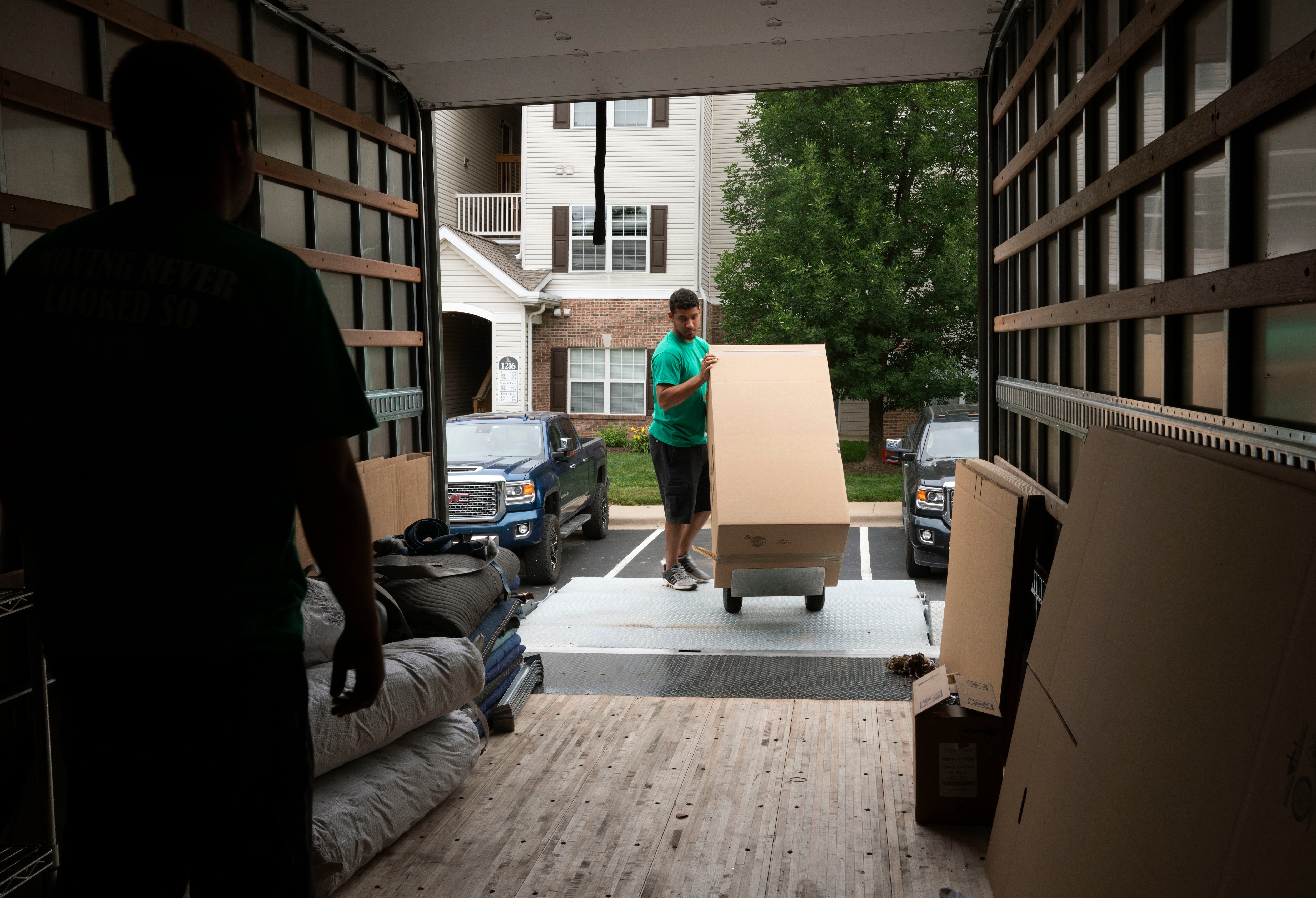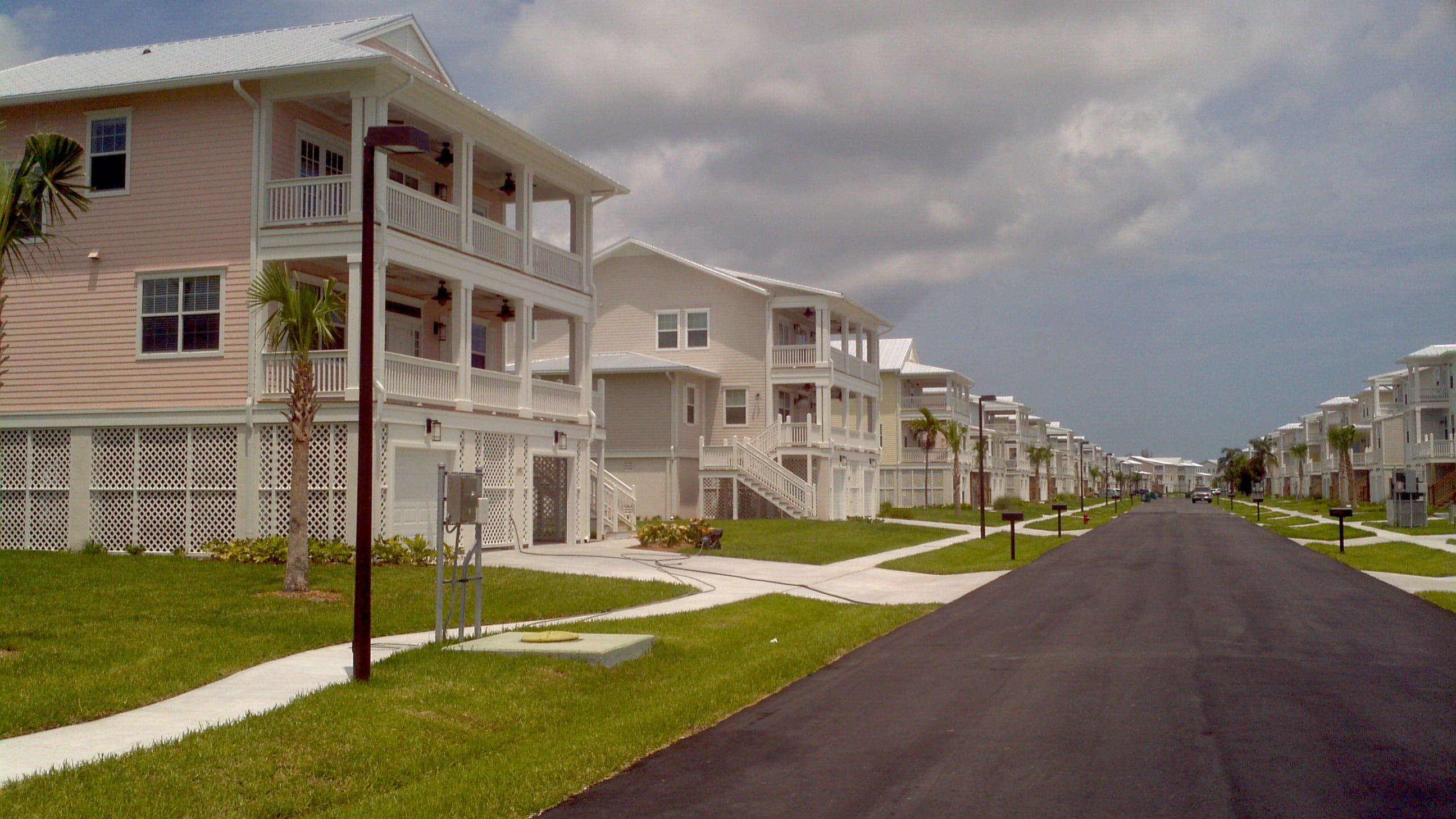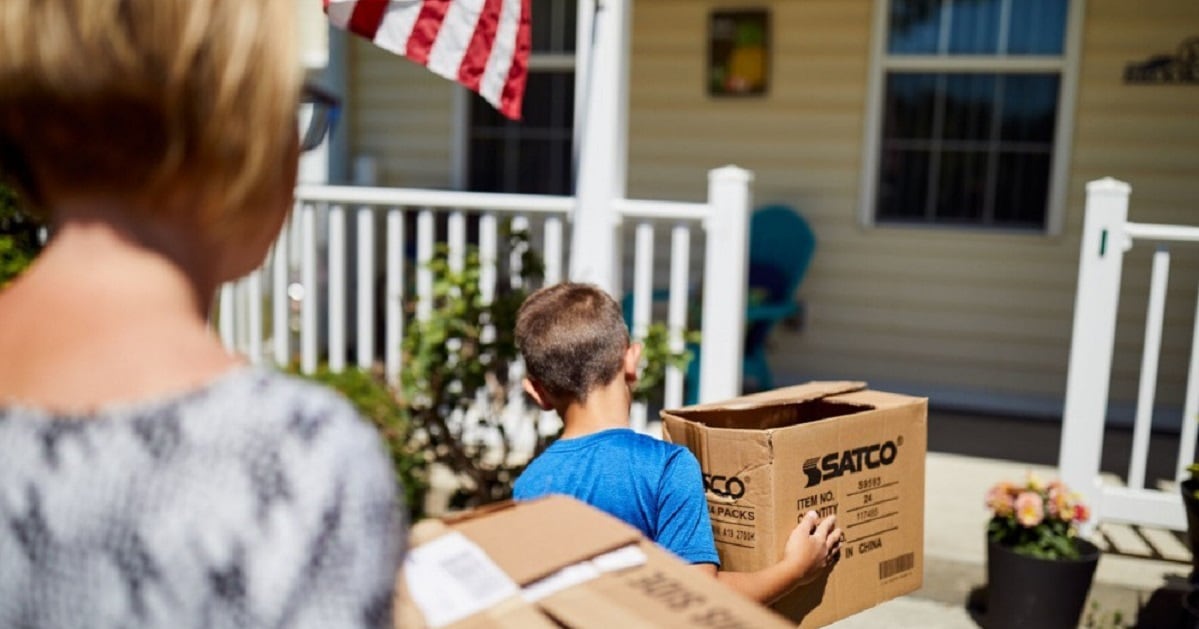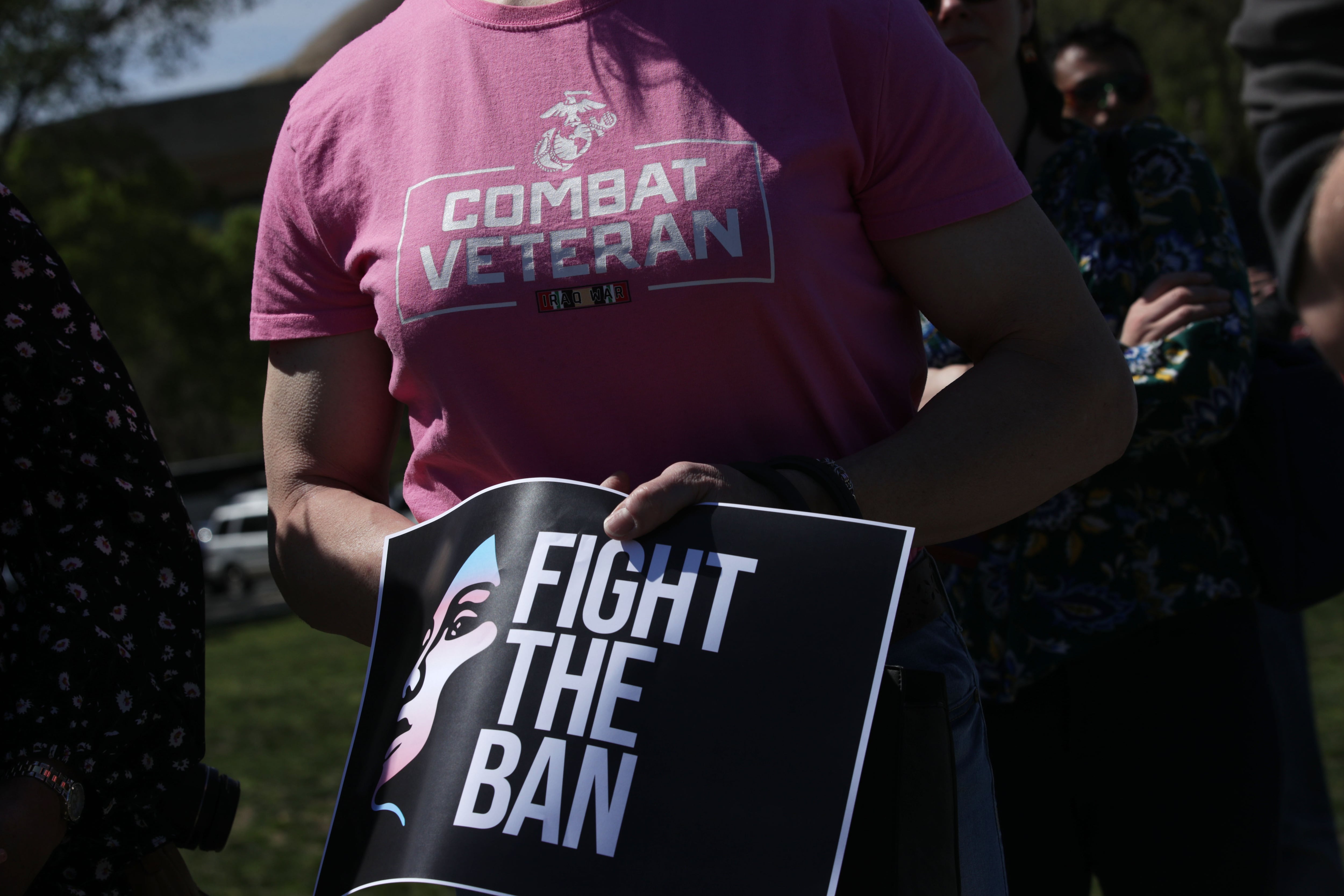Service members in 86% of the 300 Military Housing Areas in the U.S. will see an increase in their Basic Allowance for Housing, ranging from 0.1% in Portland Oregon, to 21.1% at Twentynine Palms, California, according to a Military Times analysis.
Defense officials recently announced that Basic Allowance for Housing rates will increase by an average of 5.1% across the board for service members on Jan. 1. But Defense Department data on the overall changes in the housing allowance for 2022 show that nearly half of those housing areas — 145 — will see increases over 2021 rates of greater than 5.1%.
You can see what your specific BAH rate for 2022 will be by using the DoD BAH calculator.
♦ The biggest BAH bump — 21.1% — goes to service members living in the Twentynine Palms Marine Corps Base area.
♦ In 42 of the 300 military housing areas, or 14%, the Basic Allowance for Housing decreases in 2022. Of those 42 areas, 12 of the decreases are less than 1%. But no service member now living in an area where the BAH decreases will get less money. The rates are “grandfathered” and won’t go down for those service members as long as they live there. The individual rate protection is designed to protect people with long-term rental agreements from decreases in their housing money.
♦ The biggest BAH decrease — 10.3% — takes effect in Hawaii County, Hawaii. But again, the individual rate protection ensures the 2021 BAH rate for those currently living there.
Defense officials expect to pay an estimated $25.6 billion in BAH to about 1 million service members in 2022, according to their announcement of the new rates.
Thousands of service members who moved to a new duty station in 2021 had difficulty finding affordable, safe housing within reasonable commuting distances of their work, due to rapidly escalating housing costs in some areas of the country attributable to the pandemic. For similar reasons, others saw the rent for their off-base housing increase dramatically when they were renewing their lease.
Because of those issues, defense officials took action to rapidly review the housing situation and provide financial relief ahead of the usual BAH changes that take effect each Jan. 1. DoD designated 56 military housing areas where service members could be eligible for a temporary extra BAH amounting to 10%, 15% or 20% of the 2021 housing allowance for October, November and December. Service members must apply for the increase and show proof of increased expenses. The temporary BAH runs out Dec. 31, the day before new BAH rates take effect, but troops still can apply for their three-month temporary increase retroactively.
RELATED

As expected, the rates in many of the 56 areas that became eligible Oct. 1 for extra BAH will be substantially higher than the overall 5.1% increase. Their 2022 increases in those areas range from 6.1% to 21.1%. And the good news is that everyone in those areas gets the increase, without applying for it.
The new rates show there were other areas that were hard hit that didn’t get a temporary BAH boost for those three months. Eight military housing areas that didn’t get the temporary bump in BAH in October got an increase of 10 percent or greater for 2022:
- Kodiak Island, Alaska, 10.9%
- Davis-Monthan AFB, Ariz., 11.8%
- Kings Bay/Brunswick, Ga.; 11 %
- Aberdeen Proving Ground, Md., 10.1%
- Grand Haven, Mich., 10.4%
- Altus AFB, Okla, 12.3%
- Fort Sill/Lawton, Okla, 11.5%
- El Paso, Texas, 10%
Other hard-hit areas got a 2022 increase that’s higher than their temporary BAH was. At Beale AFB, California, where some service members were living in recreational vehicles at a family campground because of the housing crunch, the temporary bump in BAH was 15% for the last three months, but the boost for 2022 is 19.8%. At Nellis AFB and Las Vegas, Nevada, the 2022 housing rate bump is 14%, compared to the temporary bump of 10%.
The percentage of increase within a given area is the same across the ranks, regardless of type of housing and whether the service member is with or without dependents.
BAH rates go up or down based on rental housing cost data for various types of houses, collected each year for the 300 military housing areas in the U.S., including Alaska and Hawaii. The BAH computations include the median current market rent and average utilities cost for the housing units.
RELATED

The services and local military housing offices help in the collection effort, with local commands providing input that’s used to determine the neighborhoods where data is collected, helping to direct the collection effort to adequate apartment complexes and individual housing units.
Generally, those living in government-owned and privatized housing pay 100% of their BAH in rent.
The 5.1% represents the largest average increase in BAH since before 2016, when service members saw an average 3.4% bump in their housing allowance.
Three areas fell squarely on the 5.1% average with their increases over 2021: Grand Forks, N.D.; Scott Air Force Base, Ill.; and Manchester/Concord, N.H.
Karen has covered military families, quality of life and consumer issues for Military Times for more than 30 years, and is co-author of a chapter on media coverage of military families in the book "A Battle Plan for Supporting Military Families." She previously worked for newspapers in Guam, Norfolk, Jacksonville, Fla., and Athens, Ga.





